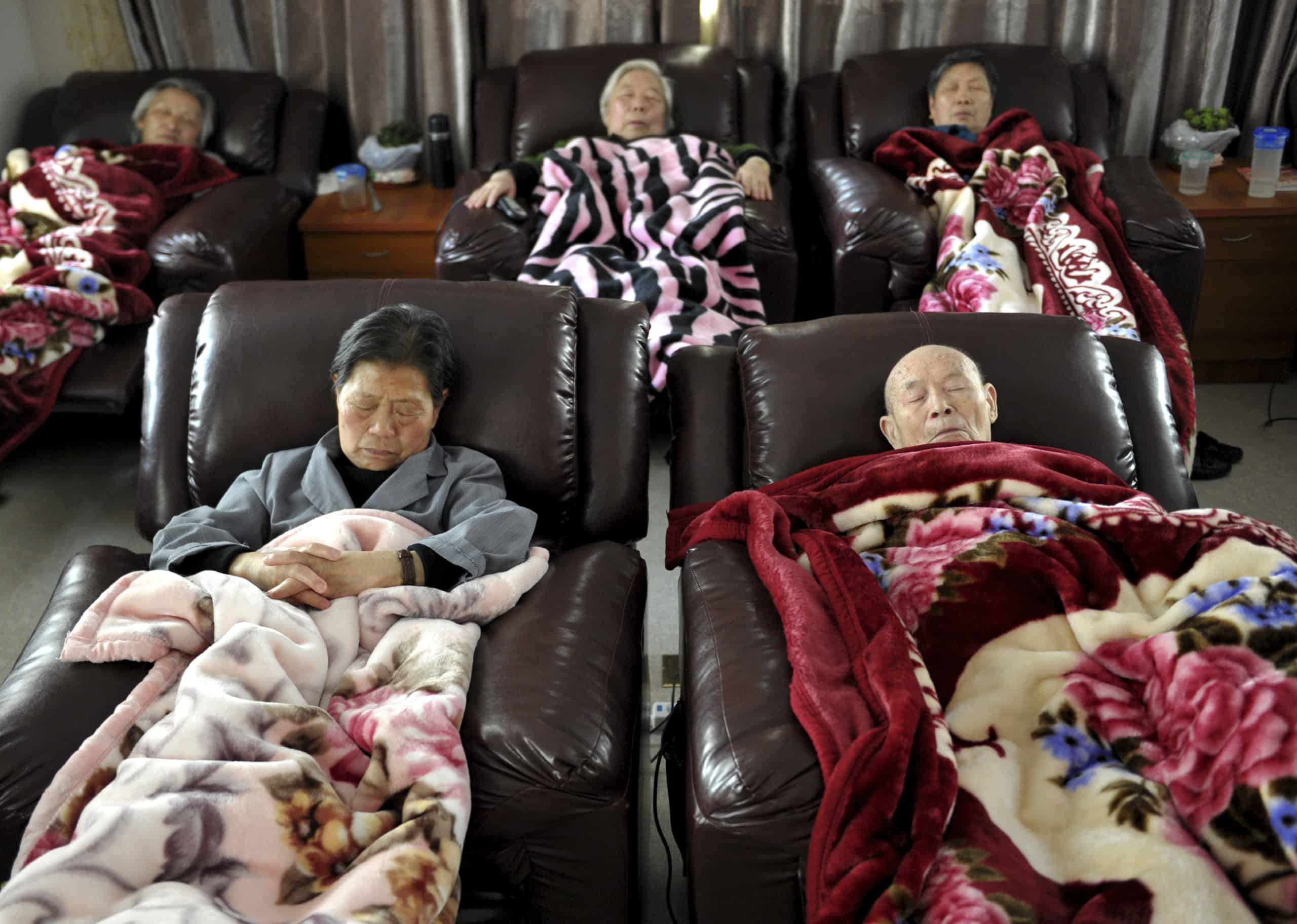As China’s population ages, the country’s authorities are facing the daunting question of who will cover the cost. When top leaders realized at the turn of the century that state pension funds would struggle to support the ballooning retired population, they created the National Social Security Fund (NSSF).
With more than $400 billion in assets under management at the end of 2020, the NSSF has since become one of the world’s largest sovereign wealth funds. One feature of its operations
Subscribe or login to read the rest.
Subscribers get full access to:
- Exclusive longform investigative journalism, Q&As, news and analysis, and data on Chinese business elites and corporations. We publish China scoops you won't find anywhere else.
- A weekly curated reading list on China from Andrew Peaple.
- A daily roundup of China finance, business and economics headlines.
We offer discounts for groups, institutions and students. Go to our
Subscriptions page for details.
Includes images from Depositphotos.com


